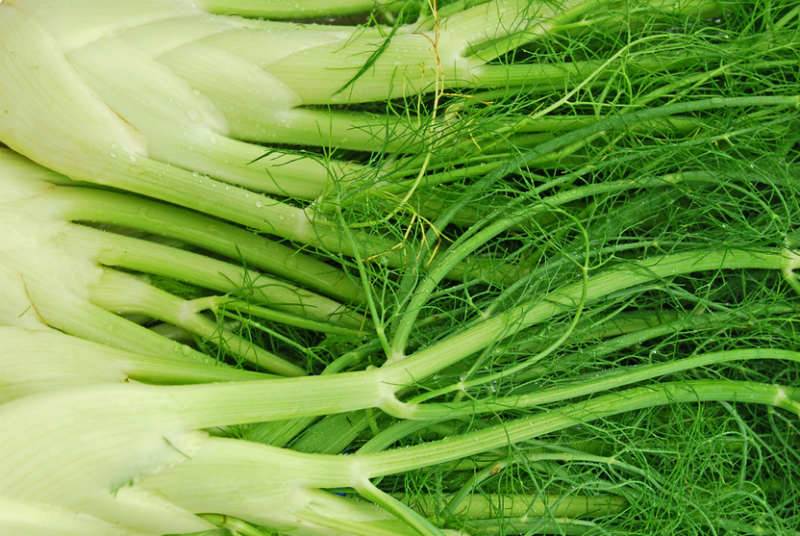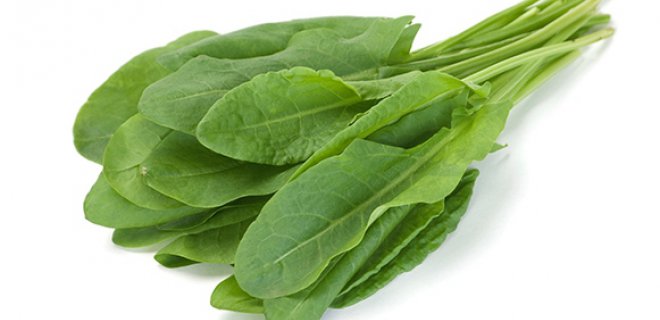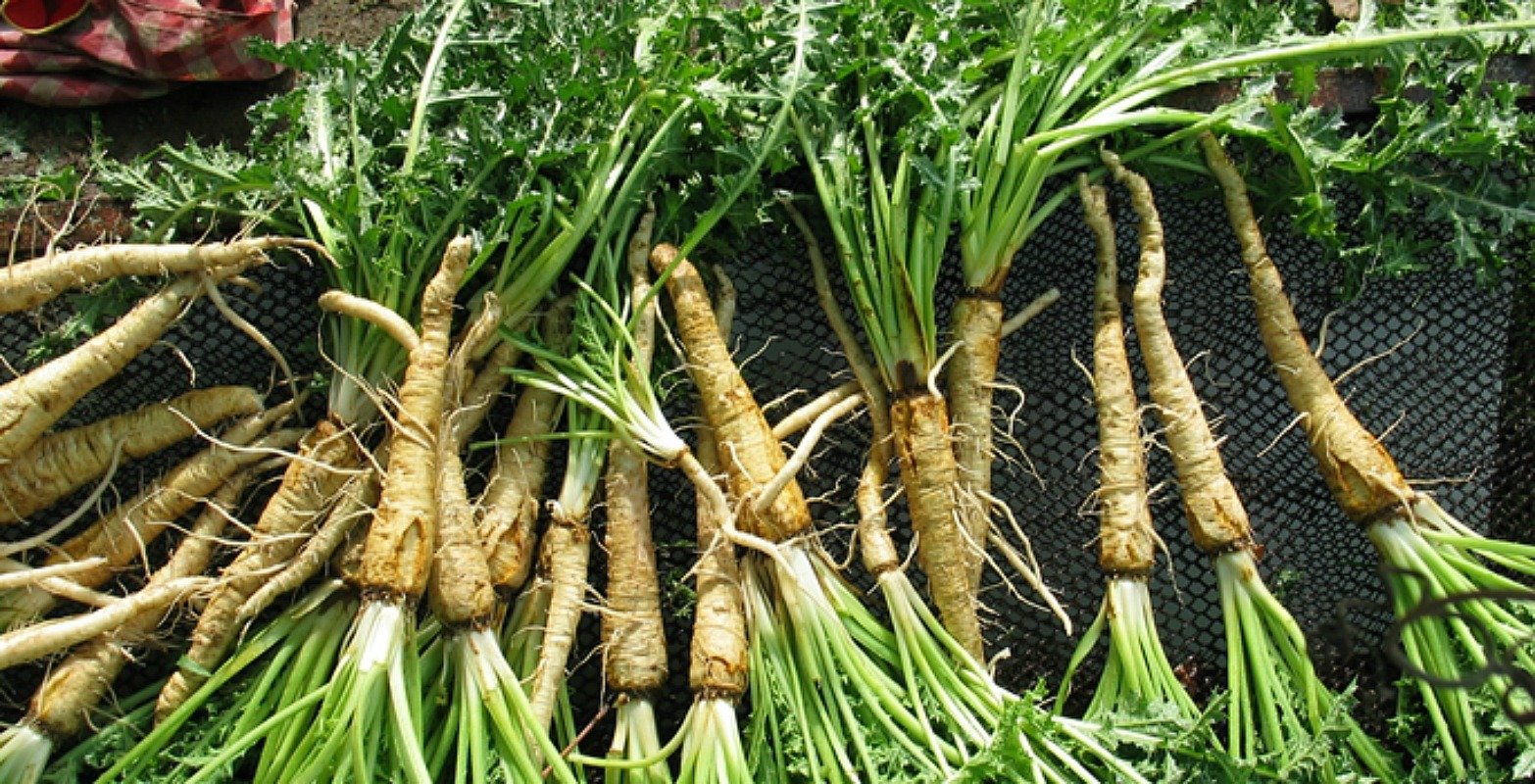
TRADITIONAL HERBS OF TURKEY
There are more than ten thousand plant species in Turkey, more than in all the countries of Europe combined.Many these are edible, and many are endemic, meaning that they grow only in Turkey. It’s a great treasure that should be appreciated. While some of these are well known throughout the country such as samphire (deniz börülcesi), mallow others are only used in a very small area, such as sarıot (Opopanax hispidus), baldıran (Black lovage,Smyrnium olusatrum) and fennel. While some are used more medicinally, others add fragrance to our food, others increase the food value of cheese, and yet others add variety to the table during winter when other vegetables are lacking.

Arapsaçı (Fennel, Foeniculum vulgare): This “anise” scented herb looks like dill at first glance, but its flavor and aroma are completely different. Its seeds, leaves, stems and roots are used. In the same family as carrots and parsley, fennel grows in northern Anatolia as well as the Aegean and Mediterranean regions. Its tender shoots, buds and leaves are used in cooking. According to immigrants from Crete, it is best cooked with lamb, while in the Aegean and Mediterranean it is used in sautés of mixed greens, and in böreks. It is also used with fish and other meat dishes, and goes well with legumes.

Kuzukulağı (Sorrel, Rumex acetosella): This herb has long narrow leaves with pink stems. It flavor is more sour than lemon. Sorrel likes shady, cool places, and is much used in salads for its tart flavor. It also is used in soups and mixtures of herbs for börek, and cooked with rice. In Samsun, it is used in a dish with blackeyed peas; in Adana as a salad and in Gebze, is cooked together with fennel and dock. If you are looking for a tart flavor for your cooking and salads, sorrel is just the thing during its season.

Madımak (Knotweed, Polygonum cognatum): One of the most commonly used herbs in Anatolia, madımak is considered one of the signs of spring’s arrival. It is a low, spreading herb with elliptical dark green leaves and hard stems. It is made into soup, and cooked with eggs, with pastırma and made into cacık. In some Anatolian villages it is wrapped in yufka and eaten raw. Dried and stored for winter, it is made into pide and cooked with milk.

Şevketi Bostan (Golden Thistle, Scolymus hispanicus): This yellow flowered, thorny biennial plant grows at elevations of up to 1,600m. It grows commonly throughout Anatolia. The rosettes that emerge in early spring are edible. In Crete, it is pickled, it roots are fried and eaten with eggs. It is also simmered or grilled and eaten with olive oil and vinegar (or lemon) as a salad. In the Aegean region it is general cooked with meat or with chickpeans.

Isırgan (Stinging Nettle, Urtica dioica): A somewhat weedy plant that doesn’t take kindly to handling, stinging nettle grows in many different soil types and in every region of the country. It is the young branches and especially the upper shoots that are used in food. These may be made into soup, salad, börek, köfte and other dishes. It is often used in mixed green dishes, and bulgur or rice pilaf with nettles is one of our very popular dishes. In the Black Sea region, a corn meal soup with nettles is made, and in the Aegean region, it is a main ingredient in böreks.
Name: Emine AVCI
School Name: Özel Mustafa Kemal Anadolu Lisesi
City/Country: Antalya/TÜRKİYE
RECIPES
Fennel with Lamb
1 bunch of fennel (new spring leaves)
250 gr lamb, cut small
1 onion, chopped
1 T tomato sauce
3-4 T olive oil
Salt, black pepper, red flake pepper
Simmer the lamb till tender, set aside. Wash and chop the fennel. Saute the onion in the olive oil on medium heat for five minutes, then add the fennel. Add the tomato paste and red pepper, mix, then add the pre-cooked lamb. Add a little eater and cook for 20-25 minutes, and serve hot.
Name: Ayşe BOZKURT
School Name: Özel Antalya Mustafa Kemal Anadolu Lisesi
City/Country: Antalya/Türkiye
Nettle Pide
1 kg nettles
5-6 scallions or wild garlics
¼ c olive oil
Salt, black pepper to taste
One loaf worth of ready made bread dough (or homemade)
Fresh kaymak (clotted cream) or butter
Use the tender ends of the nettles, throw away the hard stems. (The easiest way if collecting yourself is to snap them at the point where they break easily, usually about the second or third node.) Wash them well, then sautee them in oil with the scallions or wild garlic. Add the salt and pepper. Divide the dough into pieces slightly larger than a walnut, are roll out to 3 mm thick circles. Spread the filling on half of the dough, fold over the other side and seal with your fingers around the edge. Cook on a lightly oiled sac or a nonstick pan on both sides till browned, remove from pan and spread with fresh kaymak or butter.
NAME:DİLEK BEKOĞLU YILMAZ
SCHOOL NAME:VİZE ANADOLU LİSESİ
CITY/COUNTRY:KIRKLARELİ/ TURKEY

There are more than ten thousand types of herbs in Turkey. Some can be consumed and some are endemic. While some( nettle,hibiscus etc.) can be recognized by majority of people, some are just used by people in smaller regions. Kırklareli cousine shows diversity in terms of herbal meals. Especially meals made with vegetables which are harvested (such as spinach and spring herbs like labada,nettle,purslane etc.) quite stand out. The herbs are sometimes used seperately,while they can also be used with one another. It is quite common to serve these meals with yoghurt to balance the taste. As the ingredients of these meals can be easily found in riversides,gardens,plots etc., they are called “ meals of poor” in Kırklareli’s countryside couisine.
It was common among Balkan people,who immigrated and suffered great deal, that these meals were made as “ food for immigration”,because the easiest way to obtain food was the herbs. (As people were constantly on road because of the wars.)

Corn Flour
Corn flour is the name of the powder which is made by grinding corn. It is used in many food as well as bread and pastry.Corn flour is consumed especially in Marmara and Black Sea region. It is useful for digestive system and it is gluten-free, full of proteins and antioxidants.

Sugar Beet
Wherever you visit in Thracia, you will see that pekmez,which is made in Poyrali Village(Pınarhisar Province), is very famous.
It is proper to make pekmez at the end of autumn and the beginning of winter. Sugar Beet Pekmez contains many vitamins and minerals including magnesium,iron,folic acid,mangan.
Sugar Beet is an important nutrient against cancer.It contains iron which plays a significant role for the treatment of iron deficiency.
RECIPES
PLASKA:
Ingredients:
½ kg leek
1 cup oil
2 cups yoghurt
4 cups corn flour
1,5 coffee spoon salt
1 teaspoon soda
Chilli pepper( Optional )
Sesame ( Optional )
Preparation:
- Seperate the dark green and hard parts of leek. Slice the left parts.
- Mix it with salt. The leek will be softer and watery. The water will be used later.
- Add oil,joghurt,corn flour to the leek. Add pepper (optional)
- Mix all the ingredients with a wooden spoon.
- Put the mixture into an oiled tray. Add sesame(optional)
- Bake the mixture in a preheated oven for an hour.
- Slice the plaska, cover it with a cloth, and wait for a while. And then serve it warm.

CORN BREAD
Ingredients:
1kg Corn Flour
1 baking soda
3 tablespoon yoghurt
½ cup oil
1 coffeespoon sugar
Salt
½ cup flour
Water (boiled)
Preparation:
1. Put all the ingredients into a bowl, add 1 cup boiled water then mix them .
2. Then add some boiled water again, and knead until it is smooth.
Oil the tray and put some flour on it. Then place the dough on the tray. Lightly sprinkle the dough with flour and bake it at 190C until it gets roasted.

NAME:MELİN ARDA
SCHOOL NAME:VİZE ANADOLU LİSESİ
CITY/COUNTRY:KIRKLARELİ/ TURKEY

There are more than ten thousand types of herbs in Turkey. Some can be consumed and some are endemic. While some( nettle,hibiscus etc.) can be recognized by majority of people, some are just used by people in smaller regions. Kırklareli cousine shows diversity in terms of herbal meals. Especially meals made with vegetables which are harvested (such as spinach and spring herbs like labada,nettle,purslane etc.) quite stand out. The herbs are sometimes used seperately,while they can also be used with one another. It is quite common to serve these meals with yoghurt to balance the taste. As the ingredients of these meals can be easily found in riversides,gardens,plots etc., they are called “ meals of poor” in Kırklareli’s countryside couisine.
It was common among Balkan people,who immigrated and suffered great deal, that these meals were made as “ food for immigration”,because the easiest way to obtain food was the herbs. (As people were constantly on road because of the wars.)

Linden
It grows in Marmara and Black Sea region.Though it is found naturally in forests, it can also be grown as “ ornamental tree” in parks and gardens. It is alive at least for a year.
These late-blooming flowers(June-July) are dried and drunk as tea. Linden is a type of tree that you may want to see because it is useful for many things such as cold and insomnia.

Labada
Labada grows both in Anatolia and Marmara region. It is a self-grown herb in nature that you can find abundantly in roadsides,rural areas etc. It can be mixed with other herbs or plants like spinach and used in börek or cooked with rice and bulgur in stuffed leaves. Its taste can be sour if you eat it seperately.
It is used more in stuffed leaves in Thracian cousine. It is common in Kırklareli cousine. The stuffed leaves are rather baked with tomato sauce than cooked. As it is not delicate like grape leaves, you need to boil Lambada much more than them to make it softer.
LABADA STUFFED LEAVES:
Ingredients:
Labada leaves
2-3 onions
1 cup rice
1/2 cup bulgur
2 middle size tomatoes
1 coffeespoon tomato paste(for the filling)
1 tablespoon tomato paste ( for the sauce )
Black Pepper, cumin, thyme, dry mint
Parsley, chilli pepper(optional)
Oil
Salt
Preparation:
- Boil the labada leaves in hot water. Use a deep pot.
- Cut the the stems to the leaf blades.
- Put some oil in another deep pot. Fry the thinly sliced onions.
- Filter the rice and bulgur with water and then fry them with onions.
- Add tomato paste and tomatoes you grated. After you fry them for a while add spices. Add pepper(Optional)
- Add water until the water level is a little higher. Cook it at a low heat.
- After you cook the rice, wrap the leaves with it.Put them in a tray.
- Fry tomato sauce and pour it on the stuffed leaves in the tray.Add a glass of water and bake it in the oven for at least half an hour.
- Serve the stuffed leaves with yoghurt.

LABADA BORANİSİ
Ingredients:
300 gr labada
½ tea cup oil
2 eggs
150 gr yoghurt
2 cloves garlic
1 teaspoon salt
Preparation:
- Wash and clean Then chop them and fry.
- Then, fry two eggs in another pan.
- Mix the egss with labadas.
- Aside, mix garlic with yoghurt. Then mix labadas with the yoghurt and serve.

Published: Apr 21, 2019
Latest Revision: Jun 11, 2019
Ourboox Unique Identifier: OB-614831
Copyright © 2019







